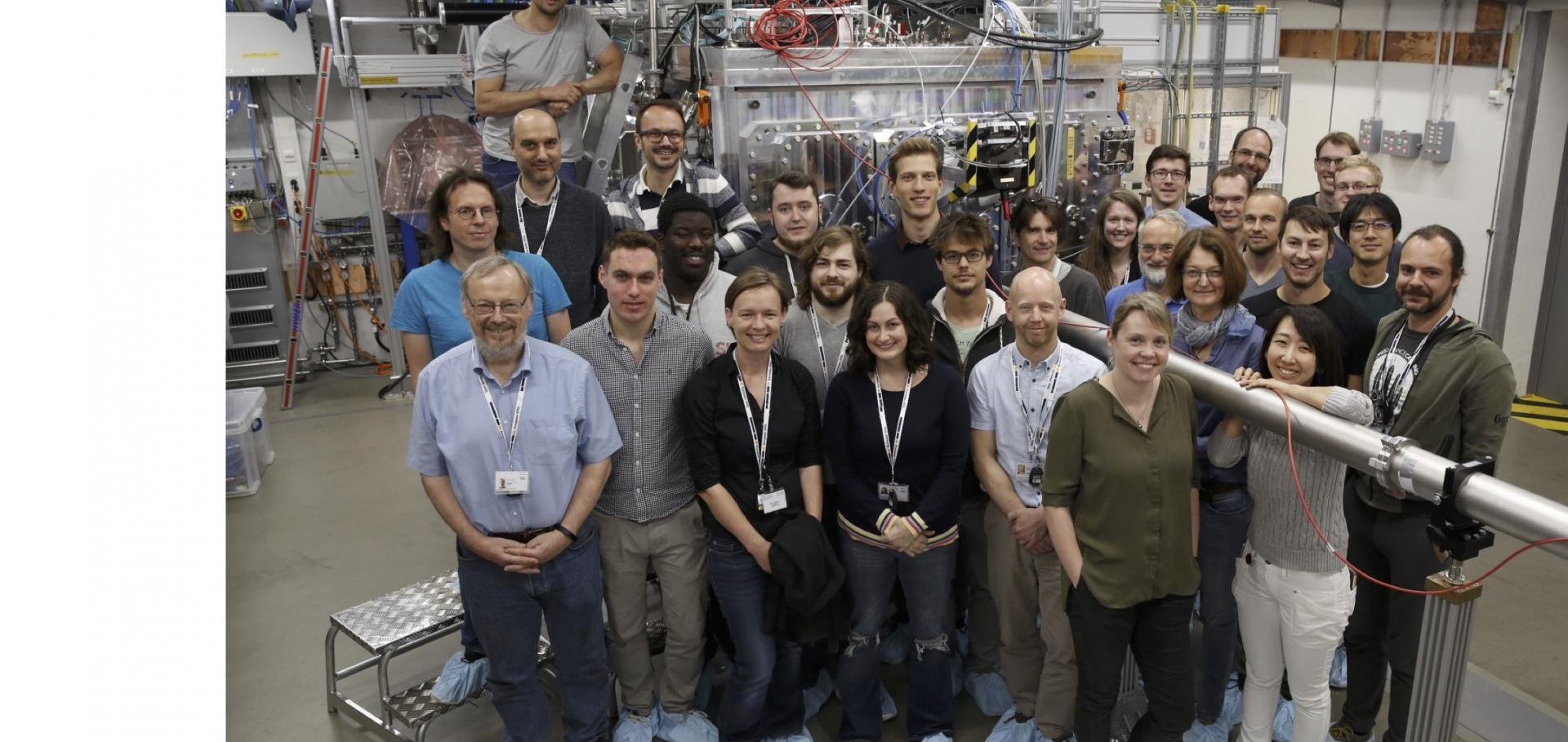keV x-ray spectroscopy of plasmas produced by the intense picosecond irradiation of a gas of xenon clusters
JOURNAL OF PHYSICS B-ATOMIC MOLECULAR AND OPTICAL PHYSICS 31:12 (1998) 2825-2831
Melting of a semiconductor crystal (InSb) with a short laser pulse (100 fs)
Proceedings of SPIE--the International Society for Optical Engineering SPIE, the international society for optics and photonics 3151 (1997) 102-106
Recent progress in nickel-like x-ray lasers at RAL
Proceedings of SPIE--the International Society for Optical Engineering SPIE, the international society for optics and photonics 3156 (1997) 53-64
X-ray laser enhancement with multi-pulsing
Proceedings of SPIE--the International Society for Optical Engineering SPIE, the international society for optics and photonics 3156 (1997) 30-41
Transient x-ray diffraction and its application to materials science and x-ray optics
Proceedings of SPIE--the International Society for Optical Engineering SPIE, the international society for optics and photonics 3157 (1997) 72-83


